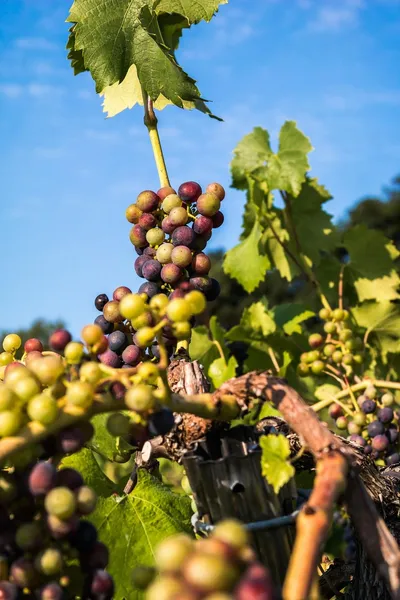3 Min Read
A Year of Challenges and Setbacks: How 2021 May Become the most Memorable Vintage in Burgundy
Whilst it was certainly a year of challenges and setbacks, with careful winemaking and blending, the 2021 vintage may well become one of the most memorable in Burgundy’s history.
29 March 2023

Burgundy Wine History
The Burgundy region of France has a long and celebrated history as one of the most important wine regions in the world. It is believed that viticulture in the area dates back to the 1st Century AD. The Benedictine monks of Burgundy were the first to plant vines in the region and by the 9th Century, vineyards were established en masse. The Dukes of Burgundy were great patrons of Burgundy wines and during their reign, the wines enjoyed great popularity. By the 15th Century, the wines of Burgundy were some of the most sought-after in Europe thanks to their quality and complexity.
Burgundy has since become known as being home to some of the most revered vineyards in the world. Although four grape varieties are cultivated: Pinot Noir and Gamay (red grape varieties) and Chardonnay and Aligoté (white grape varieties), Pinot Noir and Chardonnay are the most well-known. Chardonnay is renowned for its aromas of minerals, flowers and white and yellow fruit, while Pinot Noir produces red wines renowned for their aromas of red fruit and spices - with excellent ageing potential.
Although the region typically experiences a consistent climate and relatively stable conditions throughout the growing season, one episode of extreme weather led to Burgundy’s most surprising vintage to date.
During the Spring of 2021, frost and hail caused significant damage to vineyards, while a heatwave during the Summer led to a lack of water and uneven ripening of the grapes. The harvest was also complicated by unexpectedly heavy rains. Unsurprisingly, the year saw a significantly reduced crop size, with yields dropping by almost 20%, making it one of the smallest harvests in decades.
So what exactly happened in 2021 and how did it effect the vintage?
The frost during the Spring caused extensive damage to vineyards in some areas, particularly the Cote de Nuits and the Cote de Beaune. In some cases, the frost was so severe that some producers were reduced to harvesting only a fraction of their expected crop.
Followingly, the heatwave during the Summer led to uneven ripening of the grapes, creating a challenge for winemakers in terms of sorting and selection. In some cases, the grapes were not fully ripe, resulting in wines with green or vegetal flavours. In other cases, the grapes were overly ripe and the wines lacked freshness and acidity.
Then came the heavy rains during the harvest which further complicated matters, as the grapes were already ripe and fragile. Many producers were forced to begin picking earlier than usual in order to avoid the rain. This led to some wines with lower alcohol levels as the grapes were not able to fully ripen on the vine.
Despite the difficulties faced by winemakers, experience and skill meant that many were still able to craft wines of outstanding quality and unique character. Many producers had to blend grapes from different vineyards in order to create balanced wines while others made difficult decisions regarding the use of new oak and other winemaking techniques.
As a bonus, however, the small yields have resulted in these wines now being of higher quality than average and therefore quite highly sought after.
Overall, the best wines of the vintage boast a harmonious balance between ripe fruit flavours and good acidity, creating a structure that promises to be enjoyable in the near future – even though longevity may be potentially sacrificed compared to other vintages.
Whilst it was certainly a year of challenges and setbacks, with careful winemaking and blending, the 2021 vintage may well become one of the most memorable in Burgundy’s history.









